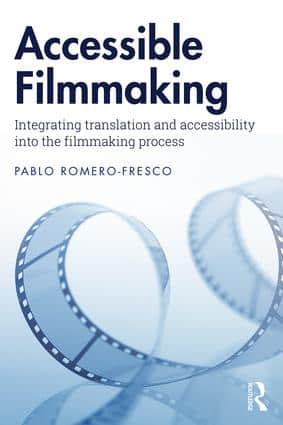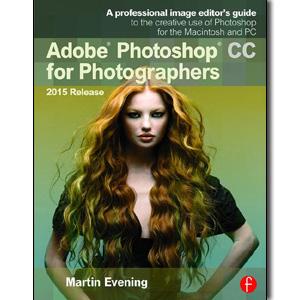Description
246 Pages – 100 B/W Illustrations
—
By Jacob Bricca, ACE Routledge 246 pages | 100 B/W Illus. Paperback: 9781138675735 pub: 2017-12-18
Table of Contents
Acknowledgements Introduction: The Construction of Meaning in Documentaries Principles of Documentary Editing Your Documentary Editing Panel Part I: Setting the Stage for a Successful Edit Chapter 1: Planning Your Schedule Documentary Schedules: How Many Weeks? Chapter 2: Organizing Your Footage File Organization on Your Hard Drives Bringing The Files Into Your NLE A Clean Window on Your Footage: The Feng Shui of File Structure Documents You Will Need Chapter 3: Everyday Work Practices Work in Stages Focus The Vital Importance of Taking Breaks Duplicate and Archive: Leaving a Trail of Breadcrumbs Behind You Scraps Sequences & Alternate Shots The Director/Editor Relationship: Working Together and Working Alone Part II: Finding Patterns Chapter 4: Viewing and Digesting Chapter 5: Making Select Reels Creating Source-Based Select Reels Creating Topic-Based Select Reels Chapter 6: Refining Select Reels Drawing Initial Conclusions About Your Narrative From Your Select Reels A Fork in the Road Part IIIa: Constructing and Refining Scenes Chapter 7: Evidentiary Editing: Building Interview-Based Scenes Constructing the Framework: Anchor with Audio Finding “Hinge Clips” Stitch Together the Seams with Cutaways Smoothing Edits Chapter 8: Verité Editing: Building Observational Scenes Build Up or Trim Down: Two Options for Finding “The Good Bits” Invisible or Self-Referential? Microbeats: Sculpting Human Behavior Onscreen Body Language Verité Cutaways Workarounds for Insufficient Cutaway Material Making Amalgam Scenes Integrating Audio from Unrelated Scenes Mixing Evidentiary and Verité Editing with the “Pop-in” Moment Chapter 9: Building Montages Media Montages Part IIIb: Building the Rough Cut Chapter 10: Choosing and Framing Footage A Hierarchy of Experience A Hierarchy of Intervention The Limits of Verité Chapter 11: The Fundamentals of Narrative Text and Subtext Experimentation Chapter 12: Working with Narrative The First Scene The Beginning The Middle Endings Reshoots Creating Meaning Through Association and Juxtaposition Alternative Approaches to Narrative Chapter 13: Working with Details Music Archival Material and Stock Shots Reenactments Graphics and Animations Lower Thirds Location Cards Subtitles Chapter 14: Working with Time Marking Time Rhythm Pacing Dynamics Pauses Transitions Part IV: The Refining Process Chapter 15: Feedback Evaluating the Work and Taking Direction Why Hold a Rough Cut Screening? Tips for a Successful Rough Cut Screening Interpreting Notes Chapter 16: Fine Cut to Final Cut and Beyond Clarity Is King Trimming Scenes Down Cutting Scenes To Remove Redundancy Cutting Scenes To Improve Narrative or Emotional Logic Removing Unnecessary Pauses & Utterances Inspecting and Improving Cutaways Moving Backwards: Overcutting and How to Avoid It Picture Lock and Beyond Part V: Seeing It All Come Together: Analyses of Four Films Chapter 17:Analyses of Two Feature Documentaries My Kid Could Paint That An Inconvenient Truth Chapter 18: Analyses of Two Short Documentaries Skip Hotel 22 Appendix Appendix A: List of Films Cited Appendix B: Case Studies of Schedules for Feature Documentaries Appendix C: Documents You Will Need






Reviews
There are no reviews yet.